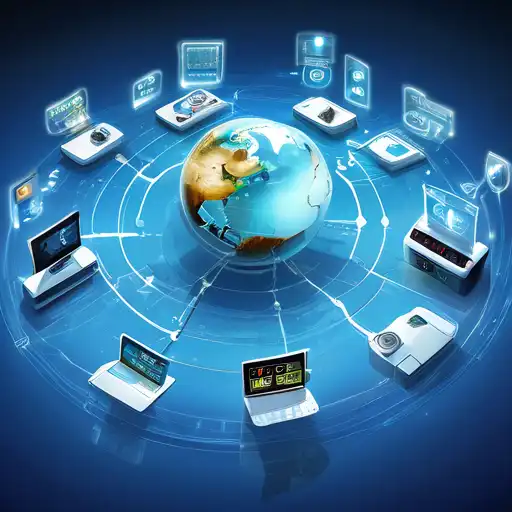The Smart Revolution: How the Internet of Things is Bridging Global Connections
The Internet of Things (IoT) represents a transformative phase in the digital era, where everyday objects are connected to the internet, allowing them to send and receive data. This innovation is not just about smart devices; it's about creating a seamlessly connected world that enhances efficiency, improves quality of life, and opens up new avenues for innovation.
Understanding the Internet of Things
At its core, IoT is about connecting devices over the internet, enabling them to talk to us, to applications, and to each other. A simple example is a smart thermostat that learns your heating preferences and adjusts the temperature accordingly, saving energy and money.
The Impact of IoT on Daily Life
From smart homes that adjust lighting and temperature based on your preferences to wearable devices that monitor your health in real-time, IoT is making life more convenient and safer. The potential for IoT to improve urban living is immense, with smart cities using IoT to manage traffic, reduce pollution, and enhance public safety.
Challenges and Opportunities
While IoT offers numerous benefits, it also presents challenges, including security concerns and the need for robust infrastructure. However, these challenges also represent opportunities for innovation in cybersecurity and network technologies.
Future Prospects of IoT
The future of IoT is boundless, with advancements in AI and machine learning further enhancing its capabilities. As more devices become connected, the potential for IoT to revolutionize industries such as healthcare, agriculture, and manufacturing is unprecedented.
For more insights into how technology is shaping our future, explore our technology trends section.
Conclusion
The Internet of Things is more than just a technological trend; it's a movement towards a smarter, more connected world. By embracing IoT, we can unlock new levels of efficiency, sustainability, and convenience, paving the way for a brighter future.
